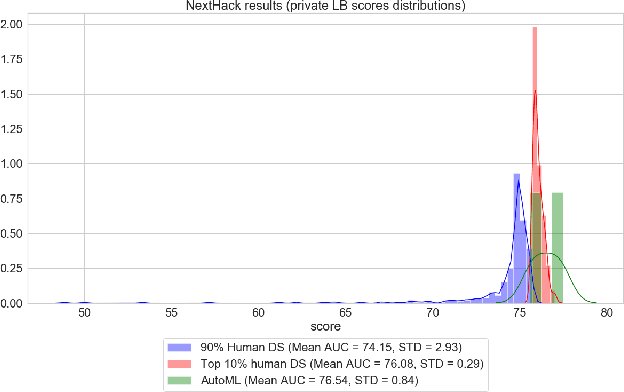Dmitry Simakov
Hallucination Detection in LLMs via Topological Divergence on Attention Graphs
Apr 14, 2025Abstract:Hallucination, i.e., generating factually incorrect content, remains a critical challenge for large language models (LLMs). We introduce TOHA, a TOpology-based HAllucination detector in the RAG setting, which leverages a topological divergence metric to quantify the structural properties of graphs induced by attention matrices. Examining the topological divergence between prompt and response subgraphs reveals consistent patterns: higher divergence values in specific attention heads correlate with hallucinated outputs, independent of the dataset. Extensive experiments, including evaluation on question answering and data-to-text tasks, show that our approach achieves state-of-the-art or competitive results on several benchmarks, two of which were annotated by us and are being publicly released to facilitate further research. Beyond its strong in-domain performance, TOHA maintains remarkable domain transferability across multiple open-source LLMs. Our findings suggest that analyzing the topological structure of attention matrices can serve as an efficient and robust indicator of factual reliability in LLMs.
Towards Foundation Time Series Model: To Synthesize Or Not To Synthesize?
Mar 04, 2024Abstract:The industry is rich in cases when we are required to make forecasting for large amounts of time series at once. However, we might be in a situation where we can not afford to train a separate model for each of them. Such issue in time series modeling remains without due attention. The remedy for this setting is the establishment of a foundation model. Such a model is expected to work in zero-shot and few-shot regimes. However, what should we take as a training dataset for such kind of model? Witnessing the benefits from the enrichment of NLP datasets with artificially-generated data, we might want to adopt their experience for time series. In contrast to natural language, the process of generation of synthetic time series data is even more favorable because it provides full control of series patterns, time horizons, and number of samples. In this work, we consider the essential question if it is advantageous to train a foundation model on synthetic data or it is better to utilize only a limited number of real-life examples. Our experiments are conducted only for regular time series and speak in favor of leveraging solely the real time series. Moreover, the choice of the proper source dataset strongly influences the performance during inference. When provided access even to a limited quantity of short time series data, employing it within a supervised framework yields more favorable results than training on a larger volume of synthetic data. The code for our experiments is publicly available on Github \url{https://github.com/sb-ai-lab/synthesize_or_not}.
LightAutoML: AutoML Solution for a Large Financial Services Ecosystem
Sep 03, 2021



Abstract:We present an AutoML system called LightAutoML developed for a large European financial services company and its ecosystem satisfying the set of idiosyncratic requirements that this ecosystem has for AutoML solutions. Our framework was piloted and deployed in numerous applications and performed at the level of the experienced data scientists while building high-quality ML models significantly faster than these data scientists. We also compare the performance of our system with various general-purpose open source AutoML solutions and show that it performs better for most of the ecosystem and OpenML problems. We also present the lessons that we learned while developing the AutoML system and moving it into production.
 Add to Chrome
Add to Chrome Add to Firefox
Add to Firefox Add to Edge
Add to Edge